



| Home | Arms Trade | Militarism & Climate | Covid-19 | Drones | General Dynamics | Refugees | TPNW | Trident | Gallery |
|---|
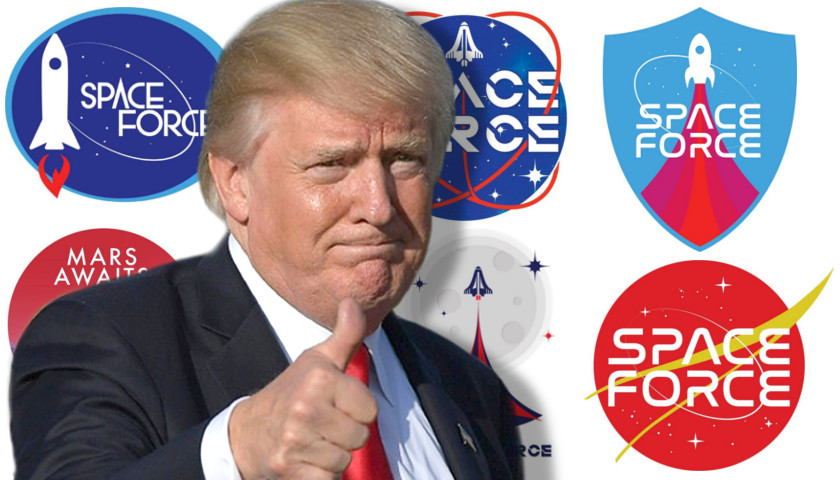 |
The Outer Space Treaty of 1967, initiated by the United States, the Soviet Union and the UK, has since been signed by most other nations. It proclaimed space as a "global commons" to be used only for peaceful purposes. It prohibited the siting of weapons of mass destruction in space. Russia, China and Canada have pressed the UN to adopt a Prevention of an Arms Race in Outer Space (PAROS) Treaty banning all weapons in space. The US has vetoed this proposal. In breach of the Outer Space Treaty, President Trump signed the 2020 National Defense Authorization Act creating a Space Force as the sixth branch of the US Armed services. Click here for details of the US Space Command. Russia and China will be reluctant to accept "American dominance". This would precipitate an arms race in space. |
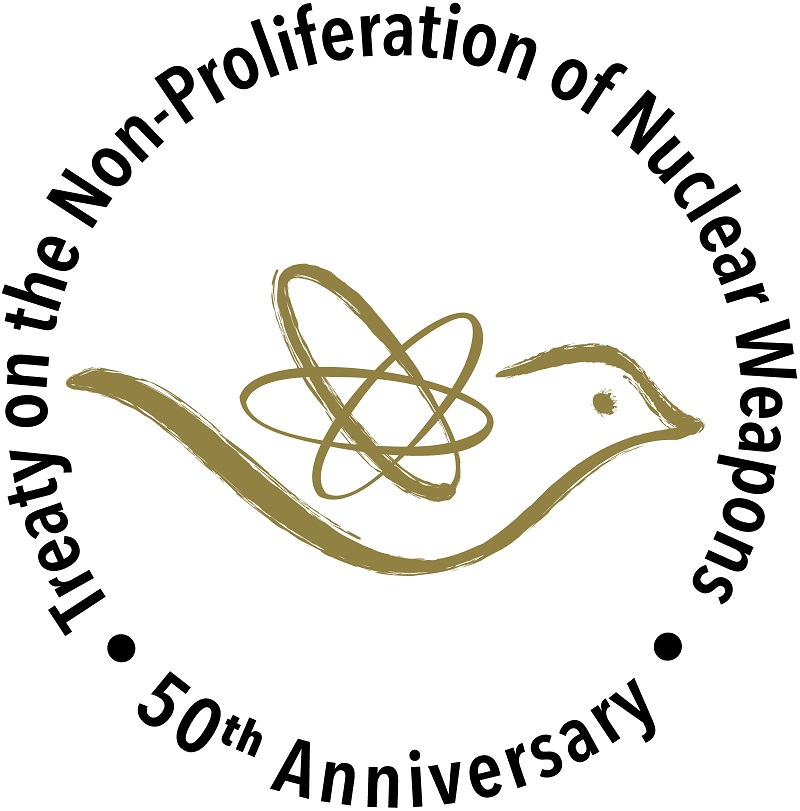 |
The Nuclear Nonproliferation Treaty, which came into force in March 1970, is designed to stop the spread of nuclear weapons.
The 190 states parties are split into two categories -
In 1991 South Africa signed the treaty. The South African government confessed that it had secretly built six nuclear weapons, but destroyed them before joining the NPT. In 1992 Belarus, Kazakhstan and Ukraine joined as NNWS nations. All had had nuclear weapons while they were Soviet Republics. The next NPT Review conference, due to take place in August 2021, has been postponed for 12 months. The widespread adoption of the Treaty for the Prohibition of Nuclear Weapons should provide an opportunity for reinforcing the NPT. |
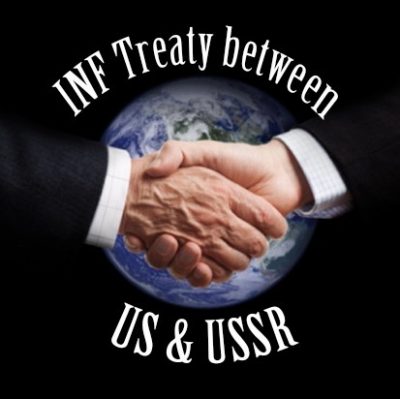 |
At the height of the Cold War US nuclear weapons were based at Greenham Common and Molesworth, making the UK
a prime target in the event of nuclear war. |
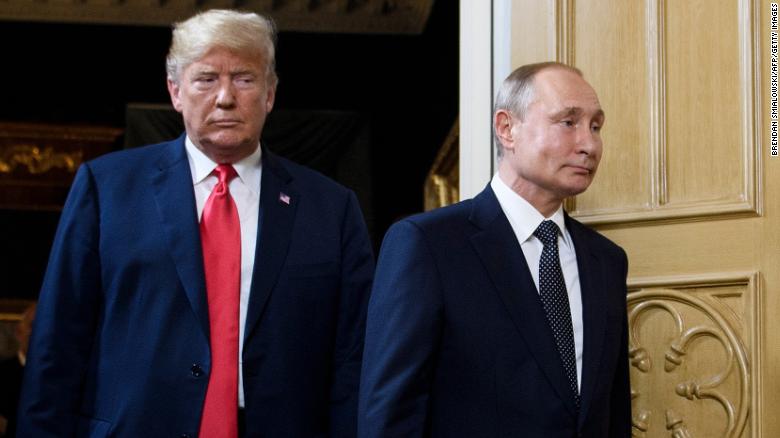 |
The INF Treaty
expired on 2 August 2019. Neither Donald Trump nor Vladimir Putin was
willing to renew it. This leaves the US and Russia free to resume the production and deployment of intermediate range missiles, threatening a renewed arms race. Missiles launched from the US would not reach Russia, and vice versa; so the US would look to site them in Europe, and probably in the UK. |
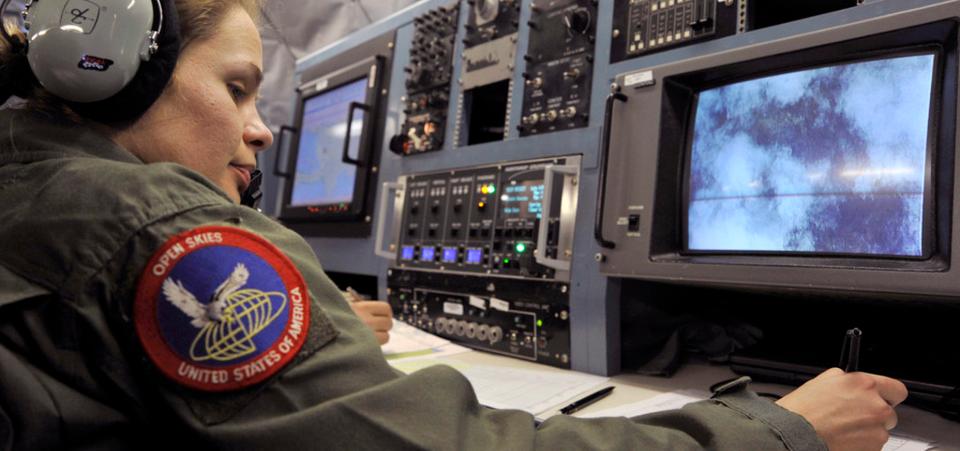 |
The Open Skies Treaty, signed in 1992, permitted signatories to carry out unarmed reconnaissance flights over
each other's territority, enabling them to keep an eye on military preparations. In May 2020 President Trump announced the US unilateral withdrawal from the treaty. We must hope that President Biden will be able to rescue the treaty, despite recent threats of Russian non-cooperation. |
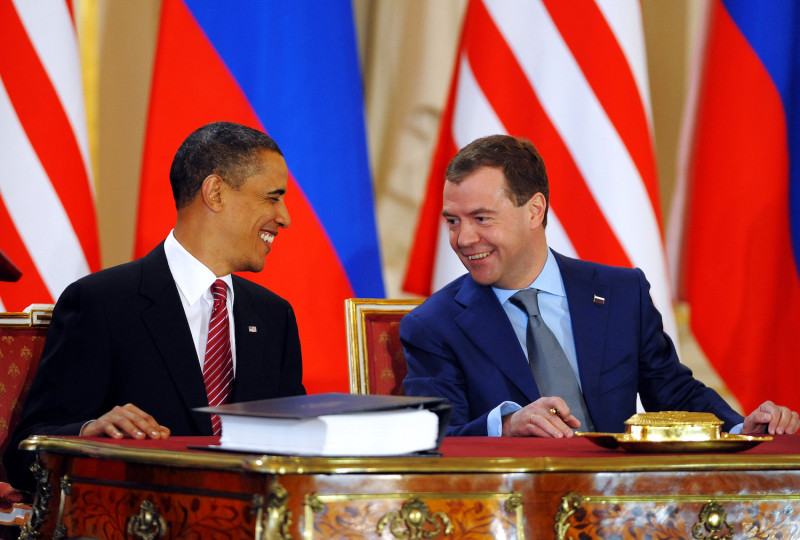 |
New START, which was signed in April 2010
and came into force in 2011, replaced the 1991 START I treaty.
It was due to expire in February 2021, but Presidents Biden and Putin agreed to revew it for a further five years.
It is a bilateral treaty in which Russia and the US agreed to limit the number of nuclear warheads and launchers, including Trident submarines. It does not cover missile defence programmes, previously included in the INF Treaty (see above). |
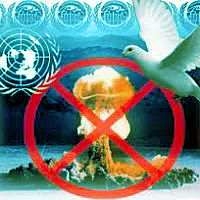 |
The Comprehensive
Nuclear-Test-Ban-Treaty would prohibit a nation from permitting or carrying out nuclear
test explosions, whether civilian or military. The treaty was adopted by the General Assembly of the United Nations in September 1996, after years of negotiation. It will not enter into force until 180 days after the 44 states listed in Annex 2 of the Treaty have ratified it. These Annex 2 states are the ones that took part in the CTBT negotiations between 1994 and 1996, and that possessed nuclear reactors in those days. The following Annex 2 states have signed but not ratified the treaty: China, Egypt, Iran, Israel and the US. However it has been reported that the US may intend to resume nuclear testing. The following have still not signed: India, North Korea and Pakistan. All three have carried out nuclear test explosions since 1996. |
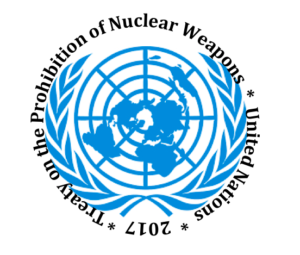 |
The 2017 Treaty on the Prohibition of Nuclear Weapons (TPNW)
was adopted by 122 Member States of the
United Nations on 7 July 2017. It was opened by the Secretary General of the United Nations, for signature,
on 29th September 2017. It forbids states to acquire, produce, station, deploy, use or threaten to use
nuclear weapons.
|